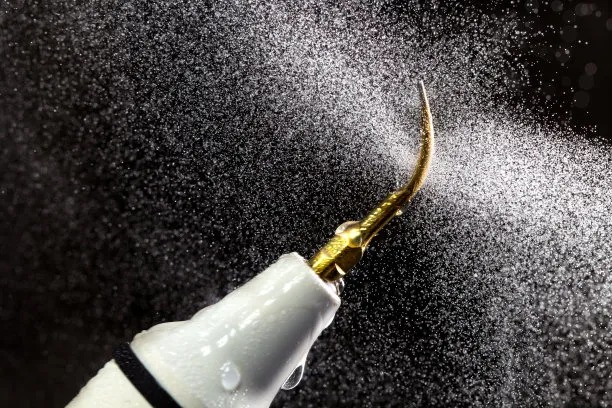Essential Tips and Precautions for a Successful Dental Filling Experience and Post-Procedure Care Guide
Summary: Dental fillings are crucial for maintaining oral health, but to ensure a successful procedure, proper preparation and aftercare are vital. This article delves into essential tips and precautions prior to a dental filling, the experience during the procedure, managing discomfort afterward, and guidelines for implementing an effective post-procedure care regimen. Adhering to these practical strategies can enhance the experience and expedite healing, allowing patients to preserve their dental health and comfort.
1. Preparing for Your Dental Filling Appointment

Preparation is key for any dental procedure, and dental fillings are no exception. Before the appointment, patients should communicate openly with their dentist about their medical history, including any allergies or previous dental issues. This information helps the dentist tailor the procedure to the individuals needs, ensuring a secure and effective process.
Additionally, brushing and flossing teeth thoroughly before the appointment can provide a clean environment for the dentist to work in. It can minimize the chance of infection and enhance the overall effectiveness of the filling. This preparatory step not only demonstrates commitment to dental hygiene but also may contribute to a smoother procedure.
Lastly, consider arranging for a ride to and from your appointment if sedation anesthesia will be used. Although many dental fillings can be done with local anesthesia, some individuals may experience anxiety. Preparing in advance can reduce stress and contribute to a more positive dental experience.
2. What to Expect During the Procedure
Understanding what to expect during the dental filling can significantly reduce anxiety. Upon arriving for the appointment, your dentist will assess the affected area and explain the procedure in detail. They will administer a local anesthetic to ensure that the patient remains comfortable and pain-free throughout the process.
During the actual filling, the dentist removes the decayed portion of the tooth, followed by cleaning the cavity to eliminate any debris. They then proceed to fill the cavity with chosen materials like composite resin, amalgam, or gold. It鈥檚 important for patients to communicate any discomfort during this stage, as adjustments can be made on the spot to enhance comfort.
Patients often find that the entire procedure is quick and efficient. Most fillings take about 30 to 60 minutes. Once the filling is placed, the dentist will polish it, ensuring its integration with the surrounding tooth structure. After this, the dental team will offer guidance on what to expect after the procedure.
3. Managing Discomfort After the Filling
Post-procedure care is crucial to a successful recovery and for relieving any discomfort a patient may experience. Initially, it is common for patients to experience mild soreness in the filled tooth area. Dental professionals recommend over-the-counter pain relief medications to manage this discomfort effectively. Following the prescribed dosage can help maintain comfort levels during the recovery period.
It鈥檚 also important to be mindful of your diet in the days following a dental filling. Avoiding extremely hot or cold foods can minimize sensitivity in the treated area. Soft foods are usually recommended during the first 24 hours after the procedure, as they are less likely to cause discomfort.
If sensitivity continues beyond a couple of days or if you experience severe pain, contacting your dentist is imperative. They can assess whether the filling has settled appropriately or if adjustments are necessary for maximum comfort and function.
4. Implementing an Effective Post-Procedure Care Routine
Once the procedure is completed, a good post-care routine is necessary for optimal dental health. Maintaining excellent oral hygiene practices is paramount. Brush twice a day and floss daily, but be gentle around the filled area until any sensitivity subsides. This diligence helps prevent future cavities and maintains the longevity of the filling.
Regular dental check-ups following the filling are also important. Your dentist will monitor the condition of the filling and surrounding teeth, ensuring no further decay occurs. Depending on individual risk factors, your dentist may recommend more frequent visits.
Lastly, consider making lifestyle changes that can promote oral health. Reducing sugar intake, avoiding tobacco products, and staying hydrated can all contribute positively to oral hygiene and support the longevity of your dental work. These proactive measures can prevent issues in the future, providing peace of mind regarding dental health.
Summary:
In conclusion, planning ahead, knowing what to expect, managing discomfort afterward, and maintaining a diligent post-procedure care routine are all essential steps for a successful dental filling experience. By following these guidelines, individuals can ensure optimal healing and maintain their dental health for years to come.
This article is compiled by Vickong Dental and the content is for reference only.



